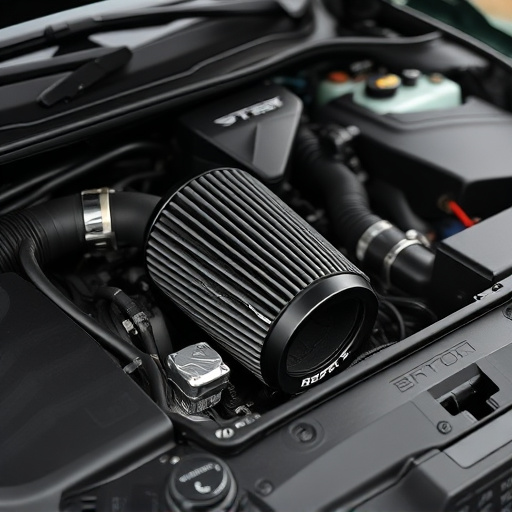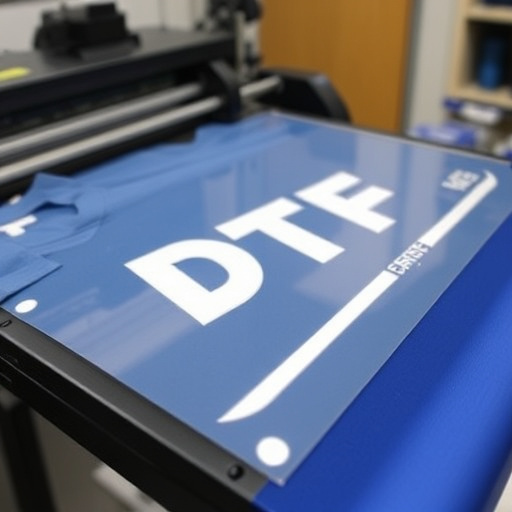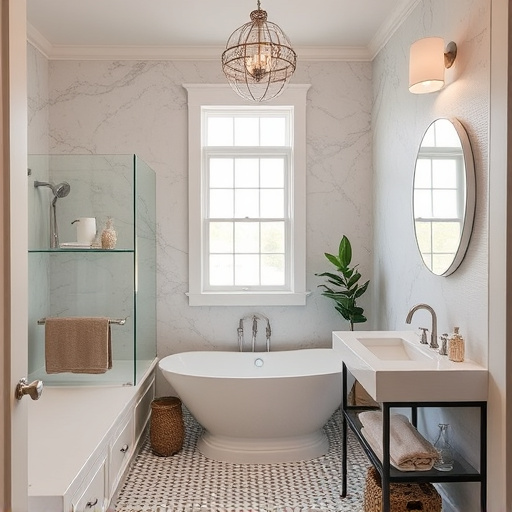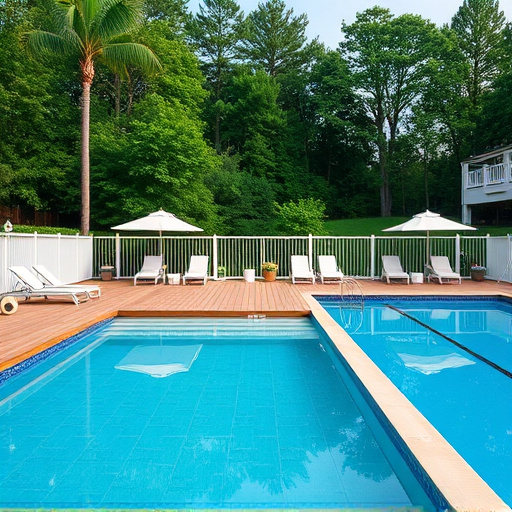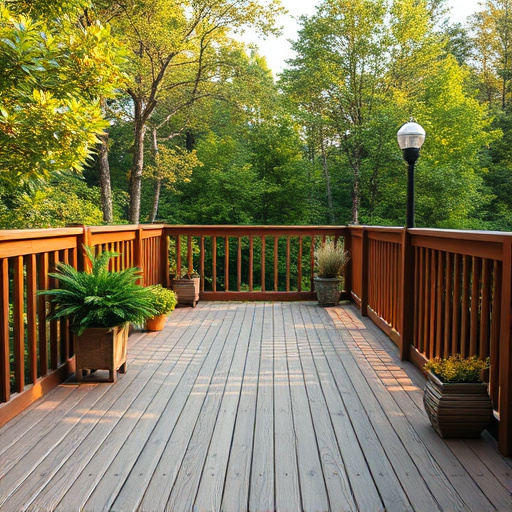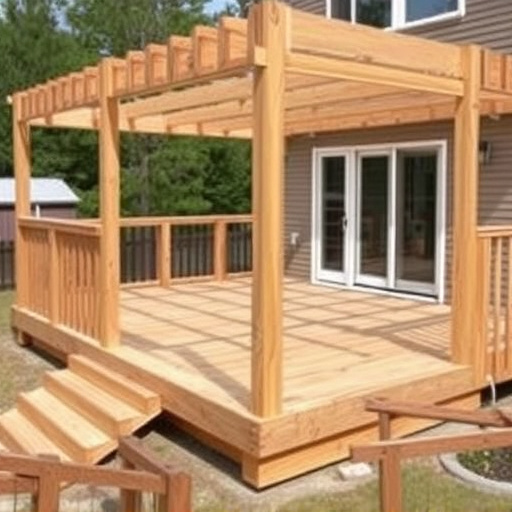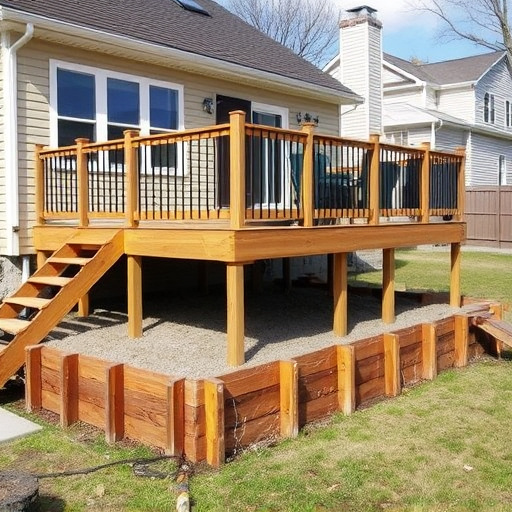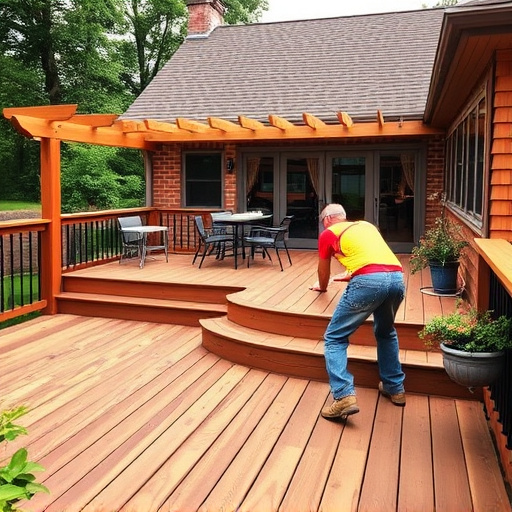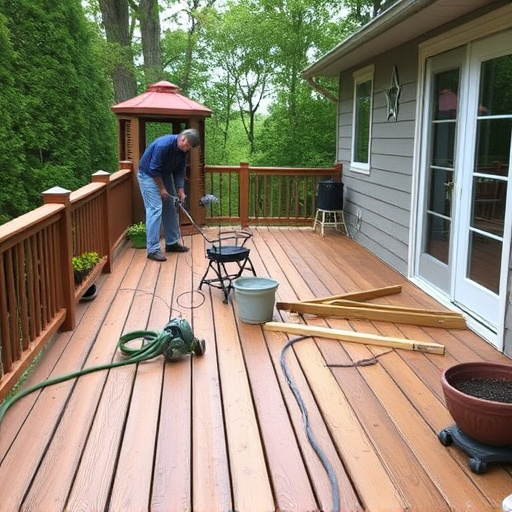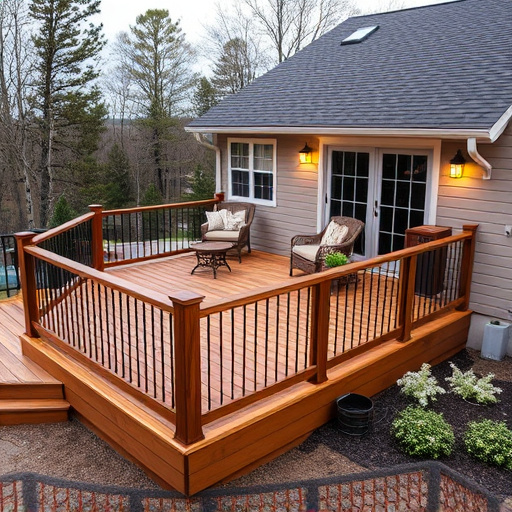Choosing durable, weather-resistant materials like composite or treated wood ensures long-lasting waterproof decking. Real wood requires exterior sealers and coatings for aesthetic appeal but demands regular maintenance. Proper installation diverts water, preventing foundation erosion; regular upkeep preserves beauty and integrity, outperforming siding alternatives.
Choosing the right materials is essential for creating a durable and effective waterproof deck. This guide will help you navigate the process, ensuring your deck stands the test of time. First, understand the core requirements for waterproof decking, considering factors like climate and foot traffic. Next, explore common material options, from traditional wood to modern composite and vinyl choices. Lastly, learn how to select materials that offer optimal durability and performance, guaranteeing a long-lasting and weatherproof surface.
- Understanding Waterproof Decking Requirements
- Exploring Common Deck Material Options
- Selecting Materials for Optimal Durability & Performance
Understanding Waterproof Decking Requirements
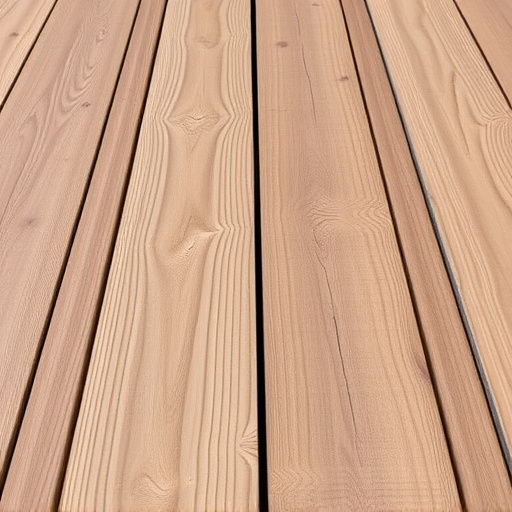
Choosing the right materials for waterproof decking is paramount to ensure durability and protect your investment. Before selecting any material, it’s crucial to understand the specific requirements of waterproof decking. This includes considering the deck’s location, climate, and potential exposure to moisture. For instance, if your deck is in a coastal area, you’ll need a material that can withstand salty air and frequent rainfall. Understanding your region’s weather patterns and typical environmental conditions will help guide your decision on the best waterproof decking materials.
Additionally, think about the structural integrity of your deck. Waterproof siding and gutters play a vital role in diverting water away from the foundation, preventing erosion, and keeping moisture at bay. Even if you’re replacing an old roof, ensuring proper residential siding installation is essential to achieving long-lasting waterproof protection. Remember, the goal is to create a seamless barrier that shields your deck from the elements, ensuring it remains in pristine condition for years to come.
Exploring Common Deck Material Options
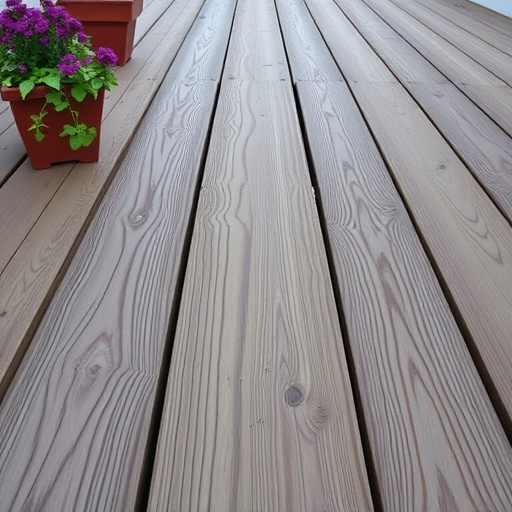
When considering options for waterproof decking, understanding the array of materials available is a crucial first step. From traditional wood to modern composite and polymer-based alternatives, each material offers unique characteristics tailored to specific needs. Traditional wood decking, though aesthetically pleasing, requires regular maintenance to prevent water damage due to its natural porosity. Composite decking, made from a mix of plastic and wood fibres, presents a low-maintenance solution with enhanced durability compared to its wooden counterpart.
For commercial siding or roofing solutions seeking superior waterproof protection, polymer-based decks stand out. These materials are highly versatile, capable of mimicking the look of wood or concrete while offering exceptional resistance to moisture intrusion. This makes them ideal for both residential and commercial exterior services, ensuring a long-lasting, low-maintenance investment that withstands the elements.
Selecting Materials for Optimal Durability & Performance
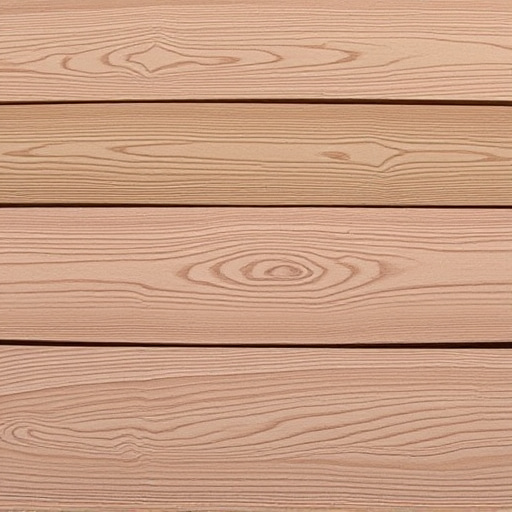
When selecting materials for a waterproof decking project, it’s crucial to prioritize durability and performance to ensure long-lasting results. Choose decking boards made from high-quality, weather-resistant materials like composite or treated wood. These options are known for their resistance to rot, mold, and insects, ensuring your deck remains sturdy over time.
Consider the overall aesthetic you desire and the low-maintenance benefits of composite materials, which mimic the look of natural wood without requiring frequent sanding or staining. For a more traditional appeal, opt for real wood, but remember to treat it appropriately with sealers and coatings designed for exterior use. Regular maintenance is key to preserving its beauty and waterproof integrity, especially when compared to siding installation or replacement projects that also enhance your home’s exterior home improvements.
When selecting materials for your waterproof decking project, it’s crucial to balance durability, performance, and aesthetic appeal. By understanding your specific needs, exploring diverse options, and focusing on high-quality materials, you can create a robust and visually appealing outdoor space that stands the test of time. Remember, investing in the right materials is key to achieving long-lasting waterproof decking results.
